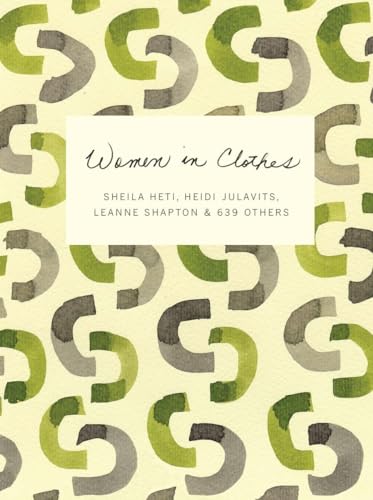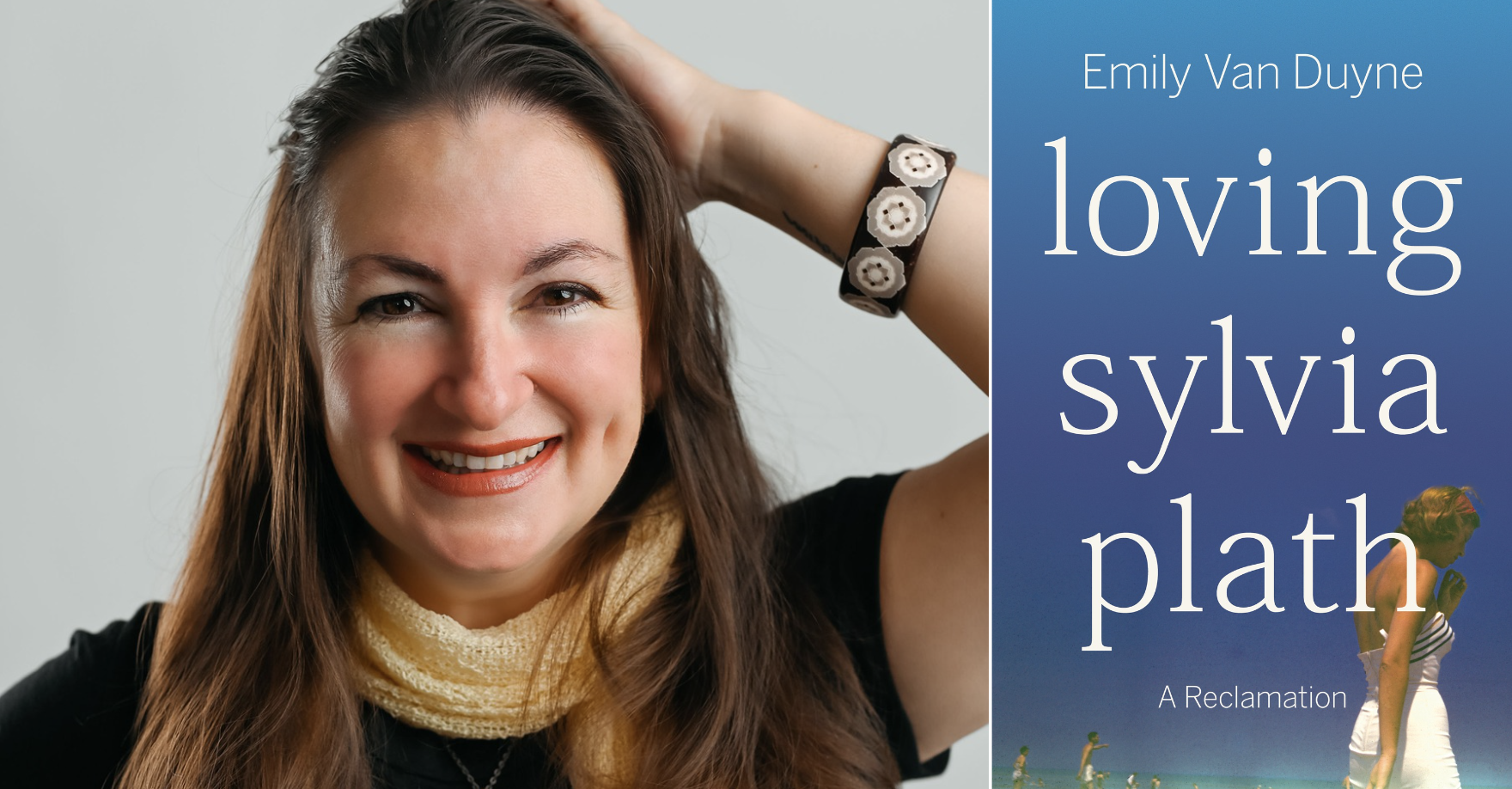1.
Sipping Champagne at my kitchen table on a hot August night, I flipped through the fat book, Women In Clothes. There was my little blurb, which made me cringe only a little to see in print, in which I talk about how, after my boyfriend telling me I needed to dress better, I went out the next day and spent $250 on clothes. My confession was right there alongside other similar personal confessions from over six hundred women around the world. Women In Clothes is a crowd-sourced, multi-form anthology consisting mostly of survey responses from regular, everyday women (like me) as well as from famous intellectual-artsy women (including Lena Dunham, if you needed me to even tell you that; you’ll find Eileen Myles and Roxanne Gay in there, as well). The survey answers, which are cleverly organized, are supplemented by essays from and transcribed conversations between similar such intellectual-artsy women, and wonderfully minimalistic and eclectic photo essays made up of personal collections, ranging from nail polish to handmade guitar straps to ear plugs.
Women In Clothes is the result of a collaboration between authors Sheila Heti and Heidi Julavits, and visual artist Leanne Shapton. It is a striking endeavor in that it is, as mentioned before, verifiably “crowd-sourced” and contains no input from anyone who could be considered a style icon, although a former fashion model and a prominent fashion critic are amongst those who contributed survey responses. The book is, in this sense, a truly contemporary item, representing an age brought along through the Internet’s dominance, in which all opinions are valid, and sharing private thoughts and practices is acceptable.
Right away, I enjoyed the book’s overall light-heartedness, its tiny glimpses into people’s metaphorical and physical closets, and its whimsical and eye-pleasing artwork. Then I flipped to an interview with human rights journalist Mac McClelland, and read, on page 174:
And H&M, oh my god, I can’t even be in an H&M, I feel like I’m having a heart attack in there. It smells like . . . To me it smells like diesel or something—gas fumes and textile chemicals. Urban Outfitters—I have the same thing. Every time I walk in there I’m just like, oh my god, it smells like plastic and chemicals and bad news and bad politics and I just (laughs) I don’t want to be there.
I paused, looking down at my outfit, which consisted of two summer staples: an Aztec-print tube top from Urban Outfitters, and a striped skirt from H&M.
2.
In cities like New York, a capital of both the fashion and art worlds, there is no limit to how well-dressed a woman can be—and not just fashionably so, but also and perhaps of greater import, uniquely and singularly so. It’s a competition to be at the height of stylishness, and yet appear to have risen there almost effortlessly. Despite this competitive veneer, however, when prompted for fashion advice, women may extend solidarity. Occasionally, minding one’s own business on the subway, a tap on the shoulder will interrupt.
“Excuse me, do you mind if I ask where you got that?”
The information will be received with a grateful smile—unless the store named is someplace expensive, like Anthropologie, in which case there might be a slight roll of the eyes.
If fashion is divisive, then literature may be the opposite. It creates camaraderie. Female authors I have never met, or have brushed with in New York, are in my imagination my colleagues, as if we are somehow expressing different facets of the same contemporary voice. Reading a work by a female author that relates to the world you live in is like having a therapist who speaks to you in poetry: it doesn’t make things necessarily clearer, but it makes them beautiful and interesting. (Of course, such bonds may exist only in my imagination; one well-known female author whose work I admired—and who contributed to Women In Clothes—not only ignored my e-mails seeking her advice on a project, but seemed physically pained when I tried to speak to her about it at a magazine party.)
 Last fall, I saw a co-worker who I didn’t know very well on a lunch break, reading Sheila Heti’s How Should a Person Be? I ran over and hugged her, so glad that she was sharing this magical literary treat. Had she been wearing the same dress as me, the reaction would have been much different: a snide glance instead of a hug.
Last fall, I saw a co-worker who I didn’t know very well on a lunch break, reading Sheila Heti’s How Should a Person Be? I ran over and hugged her, so glad that she was sharing this magical literary treat. Had she been wearing the same dress as me, the reaction would have been much different: a snide glance instead of a hug.
3.
A pivotal scene in How Should a Person Be? occurs following a trip to Art Basel Miami during which the narrator, Sheila, purchases the same yellow dress that her best friend Margaux has just decided to buy. Back in Toronto, Sheila receives an e-mail from Margaux confessing that she is upset about the incident. She has even decided to give the dress away.
4. i think it’s pretty standard that you don’t buy the same dress your friend is buying, but i was trying to convince myself that maybe it was okay to buy the same dress your friend is buying. you know, trying to think about it positively, hence the “we’ll wear them in our music video statement from me.”
Sheila and Margaux are not just any women; they are intellectual-artsy type women. They consider themselves serious—and often mention how glad they are to have found each other, “a girl who was as serious as me.” In a September, 2013 article in the New Yorker about Eileen Fisher, Janet Malcolm leads with this confession: “There is a wish shared by women who consider themselves serious that the clothes they wear look as if they were heedlessly flung on rather than anxiously selected.” And yet the message of Women in Clothes is clear: daily fashion choices are incredibly important for most women, often involve an incredible amount of anxiety as well as a good deal of creativity and resourcefulness, and ultimately consume a good deal of our time, energy, and emotions—regardless of whether we exist in a style-conscious setting or not.
Reading Women in Clothes, I became interested in how it was a collaborative endeavor. How had a subject that I felt created anxiety and divisiveness amongst women—as it does in Heti’s novel—been channeled into a creative endeavor? How had it become something shared not only between the three editors—as well as various collaborators who worked closely with them in analyzing the surveys (Mary Mann) and designing the book (Kate Ryan)—but also by hundreds of everyday women, like me, who had become involved in its making? I reached out, via e-mail, to the book’s editors.
The project’s birth was rooted in its absence, when Heti sought and could not find a book that would explain “what women thought about when they shopped, when they put outfits together,” she wrote me. “All the books I found approached dressing from the outside, not the inside. They were so image-based, or else about a specific stylish woman, like Audrey Hepburn.” Upon this realization that the book she wanted to read did not exist, Heti began e-mailing her friends, asking them “What is your process when getting dressed in the morning?”Heidi Julavits replied with some thoughts, suggesting the subject could become a book; the next thought was to include Leanne Shapton. The three began communicating over e-mail, over time incorporating other online collaboration programs into their process: Google Hangouts, Skype, Dropbox, and Google Docs.
At a certain point, the three women convened in a Toronto hotel for several days of what Shapton dubbed “book camp,” which, Julavits wrote me, “involved basically not sleeping for three days, and at one point ending up on the floor in bathrobes eating room service soup at midnight.” All three women stated that the process of making Women in Clothes was somehow transformational on a personal level, and that collaborating resulted in a work that was greater than the sum total of each individual. “I think the book is a million times smarter than any one of us, individually. We filled in each others’ gaps,” wrote Heti. As Shapton put it, “Like a swimming medley relay ream, we each had a strong stroke, and then brought opinions and support to the others.”
I suspected that producing Women in Clothes may have made its editors more aware of their own fashion choices. To this, Julavits shared a story that took place when she and Heti were having a drink at one point during the early stages of the book. “I was tired and not feeling very chatty, but I was very actively checking out and admiring her dress, which was a vintage nightgown. We parted ways, and she wrote me a bit later to say, ‘I went home and changed out of that ridiculous dress.’ I realized that she’d misunderstood my close attention for criticism, and it made me also realize that I want to be more vocal when I see a woman who’s looking great.”
Only a week before my e-mails with the editors, I had sat in a coffee shop, my attention distracted from their book by a woman sitting near me, conversing with a friend. Everything about this woman was perfect—her oversized necklace, her silky white tank top, her casual, baggy black pants, her minimalistic make-up. She saw me eyeing her, again and again. But I said nothing. Who knows how she took my glances—perhaps as praise, but also perhaps as criticism. And these glances happen so regularly on the subway, in shops, on the street. They are, it seems, part of the secret language of being a woman—the way we constantly judge ourselves and others based on superficies and artifice.
Can a book like this counteract these tendencies, likely instilled in many of us through too much time in our teenage years reading fashion magazines, which told us how to dress and what to look like? Can it, furthermore, make us think twice before we purchase clothes that implicate us in a web of human rights violations via factories around the world, and move us toward slightly more sustainable enterprises (I won’t even get into the whole American Apparel situation here, but let it suffice to say that many humanitarian companies do exist). A book like this can probably do that work, to some extent. But what it really makes me want to do is create art in a collaborative fashion—to find ways to work with other women rather than against them. I am jealous of the editors of Women in Clothes not because they have cool clothes or great hair, or perfect bodies. I am jealous, and admire, that they found a way to work together to create something a little bit revolutionary, and then shared the experience with so many people, giving us the opportunity to contribute in ways small and large.









